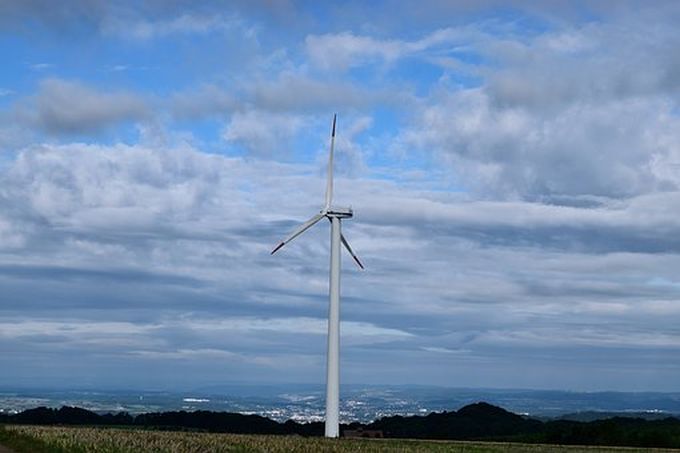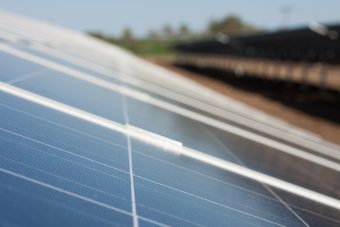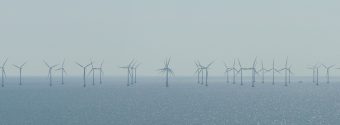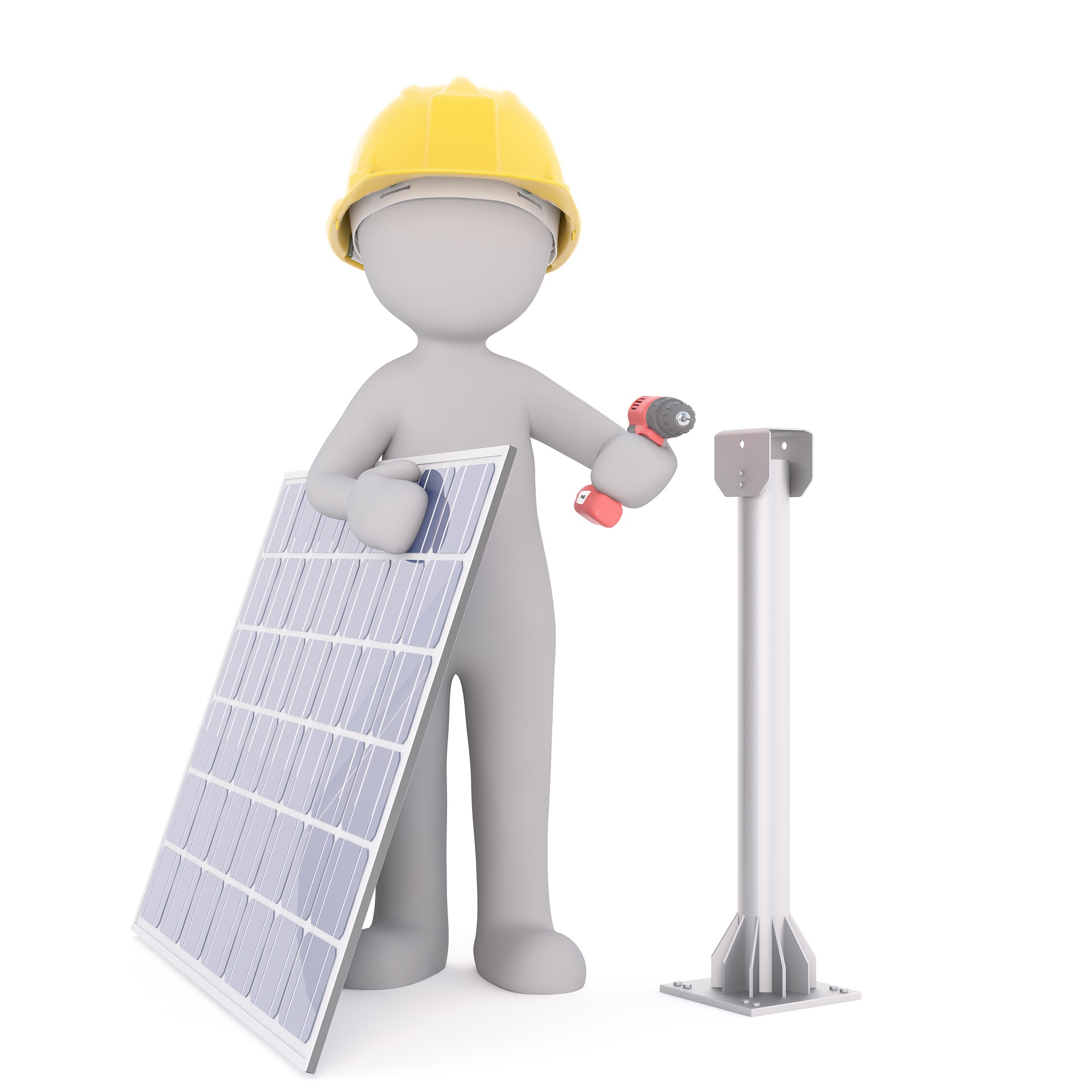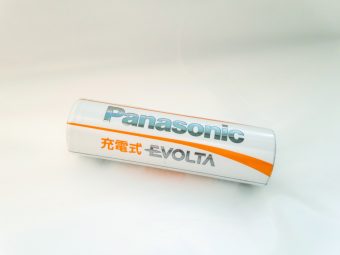
An agreement has been finalized between Tesla and Panasonic to begin manufacturing solar photovoltaic (PV) cells and modules at Tesla’s new plant in Buffalo, New York, according to a new blog post from the company.
The solar PV production at the facility initially won’t include the recently unveiled “solar roof” products, it should be noted. However, that is in order a little further down the line.
“When production of the solar roof begins, Tesla will also incorporate Panasonic’s cells into the many kinds of solar glass tile roofs that Tesla will be manufacturing. All of these solar products will work seamlessly with Tesla’s energy storage products, Powerwall and Powerpack. Production of the first PV modules will begin in summer 2017, and will ramp to 1 Gigawatt of module production by 2019.”
As Tesla and Panasonic begin production, Buffalo will continue to expand Tesla’s American manufacturing base and create thousands of new jobs in the coming years. Tesla reaffirms SolarCity’s commitment to create over 1,400 jobs in Buffalo — including more than 500 manufacturing jobs. Panasonic, with its technological and manufacturing expertise in PV production, will also work with Tesla on developing PV next generation technology at SolarCity’s facility in Fremont, CA.”
Importantly, as part of the new agreement, Panasonic will actually be covering required capital costs in Buffalo and Tesla has agreed to a long-term purchase agreement commitment.
It’s interesting to see the companies continue to deepen ties. Some of those reading this may not be aware that Panasonic actually wasn’t in a great position financially just a few years back. While the Tesla partnership is still in its infancy so to speak, I bet that company execs are quite happy to have stumbled upon it.
Source: cleantechnica.com

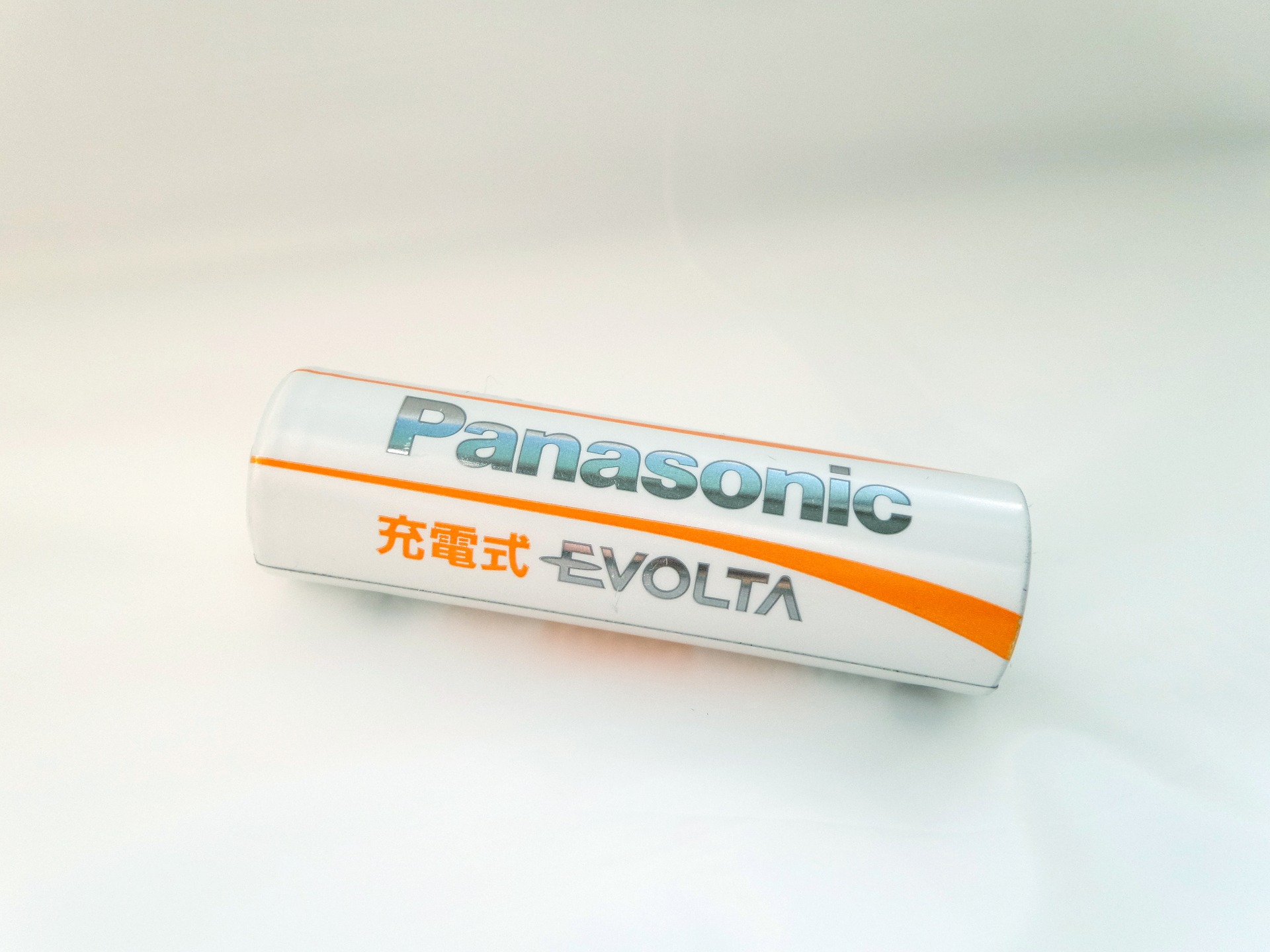





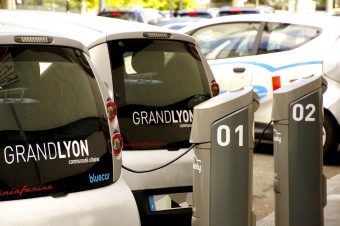
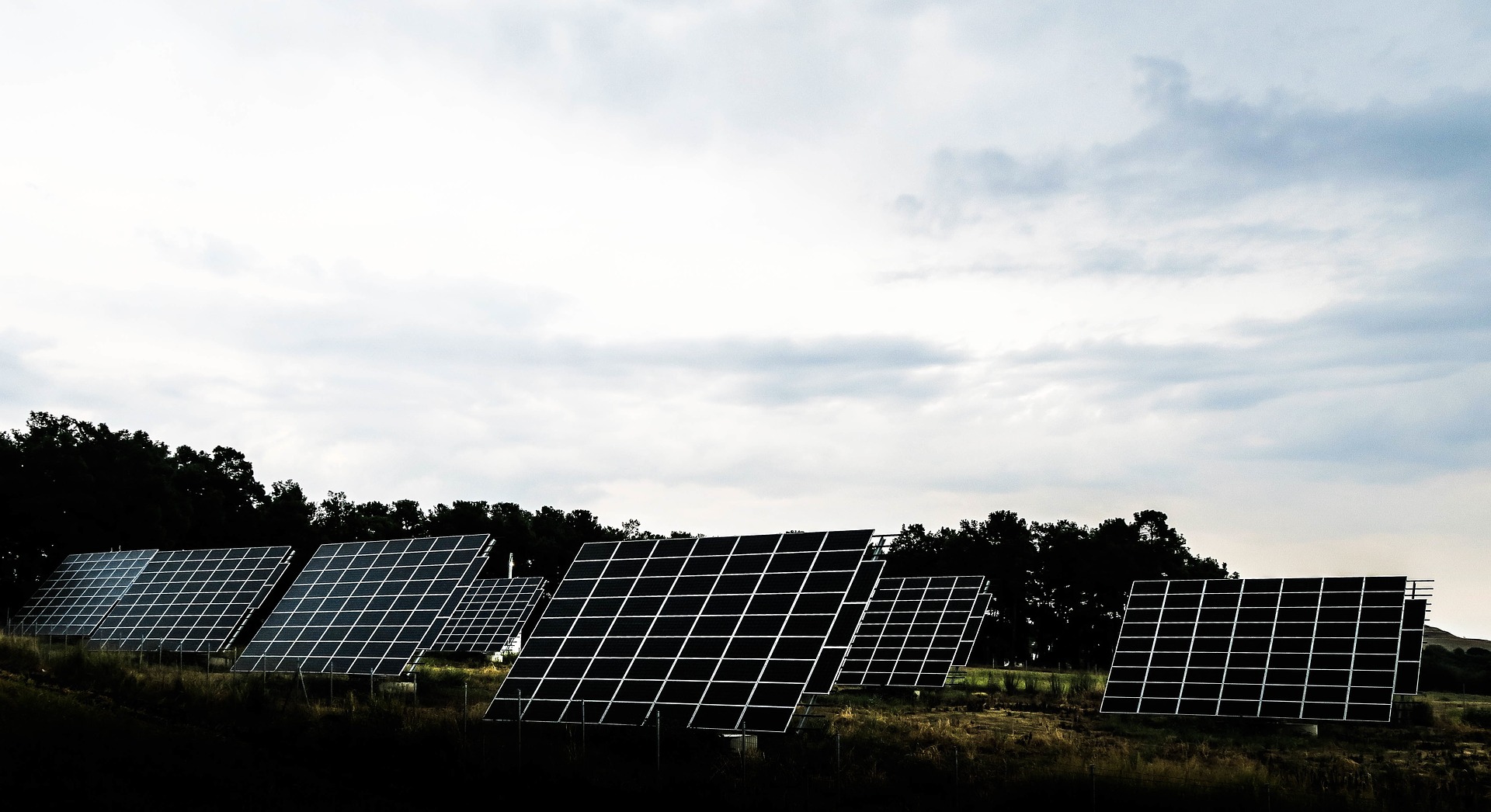


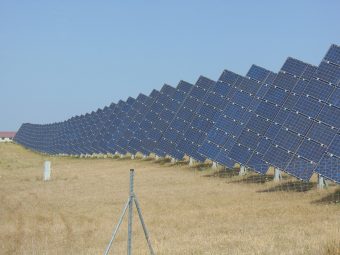
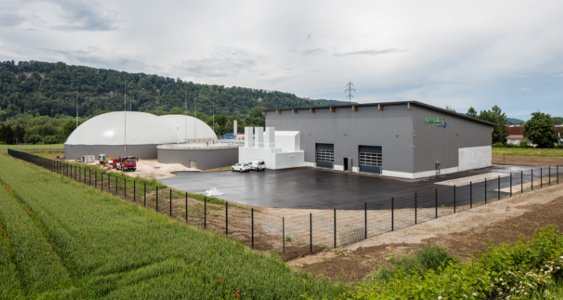
 Nestlé Waters & Groupe E GreenWatt have just inaugurated the largest agricultural biogas plant in Switzerland, located next to the Henniez bottling plant. This initiative represents a further step in the Eco-Broye program launched by Nestlé Waters in 2009. The Eco-Broye program preserves biodiversity and natural resources ensuring the protection of 100 hectares around Henniez’ site.
Nestlé Waters & Groupe E GreenWatt have just inaugurated the largest agricultural biogas plant in Switzerland, located next to the Henniez bottling plant. This initiative represents a further step in the Eco-Broye program launched by Nestlé Waters in 2009. The Eco-Broye program preserves biodiversity and natural resources ensuring the protection of 100 hectares around Henniez’ site.
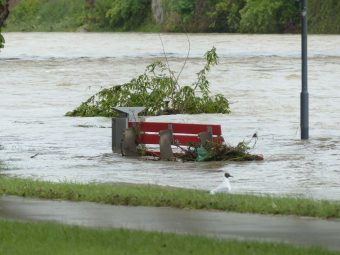
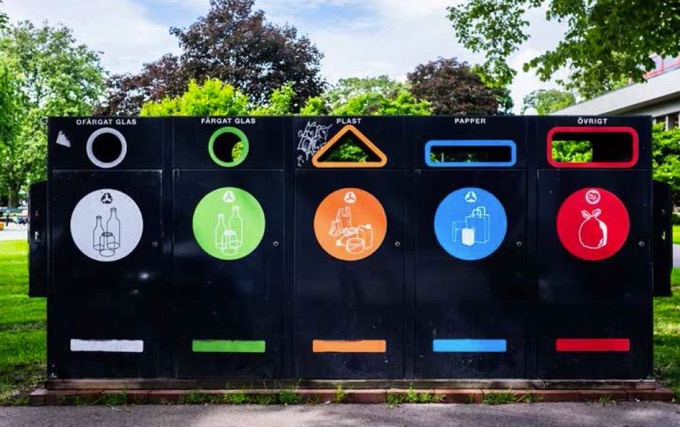
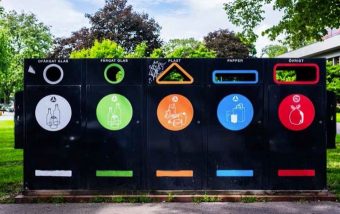
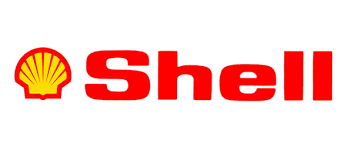
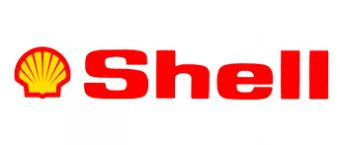 Shell has signed an agreement with Vitol Africa B.V. to sell its 20% shareholding in Vivo Energy for US$250 million. Completion of this transaction is expected during the first half of 2017, subject to regulatory approval. The sale is in line with Shell’s strategy to concentrate its Downstream operations where it can be most competitive.
Shell has signed an agreement with Vitol Africa B.V. to sell its 20% shareholding in Vivo Energy for US$250 million. Completion of this transaction is expected during the first half of 2017, subject to regulatory approval. The sale is in line with Shell’s strategy to concentrate its Downstream operations where it can be most competitive.